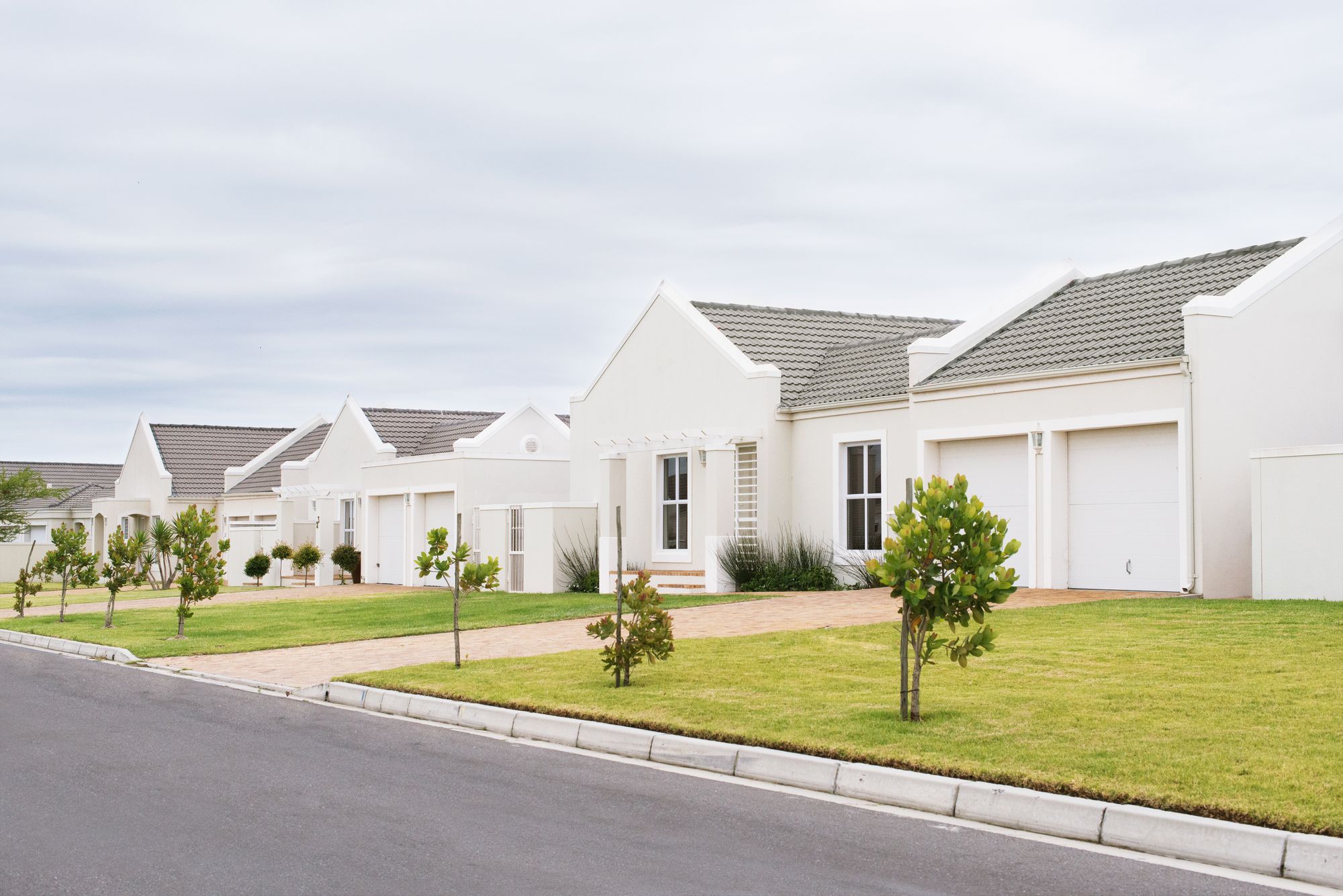A planned community, such as the one at Pecan Square by Hillwood, is a residential development that is carefully designed and built with a specific vision in mind. This type of community offers a range of benefits that may appeal to potential homebuyers. However, there are also some drawbacks that must be considered. In this article, we'll take a closer look at the pros and cons of buying a home in a planned community, as well as some tips for choosing the right community for you.
Benefits of Living in a Planned Community
One of the main benefits of living in a planned community is the sense of community and belonging that it provides. Planned communities are often designed with a focus on creating a close-knit community where residents can get to know each other and build relationships. This can be especially beneficial for families with children, as it provides a safe and welcoming environment for kids to play and socialize.

Another benefit of living in a planned community is access to community amenities. These can include things like pools, parks, playgrounds, and walking trails. In many cases, planned communities also offer additional services like landscaping, maintenance, and security. These amenities and services can help to create a comfortable and enjoyable living experience for residents.
Another advantage of buying a home in a planned community is the maintenance and upkeep of common areas. In most cases, the homeowners association (HOA) is responsible for maintaining the community's common areas, which can help to ensure that the community remains clean, attractive, and well-maintained. This can help to boost property values and make the community a more desirable place to live.
Finally, planned communities often offer enhanced security and safety measures. Gated communities, for example, typically have controlled access points that can help to deter crime and keep residents safe. Additionally, many planned communities have security patrols and other safety features that can provide residents with peace of mind.
Drawbacks of Living in a Planned Community
While there are certainly many benefits to living in a planned community, there are also some drawbacks that must be considered. One of the main drawbacks is the cost. Planned communities typically come with higher HOA fees than traditional neighborhoods, as residents are expected to contribute to the maintenance and upkeep of common areas. Additionally, planned communities may have more restrictive covenants and regulations that can limit residents' ability to personalize their homes and yards.
Another potential drawback of living in a planned community is the limited sense of individuality and personalization. Because many planned communities have strict rules and regulations about things like home design, landscaping, and exterior paint colors, residents may feel like their homes look similar to everyone else's. This lack of individuality can be a turn-off for some potential homebuyers.
Additionally, planned communities may have restrictions on pets, parking, and other lifestyle choices. For example, some communities may have limits on the number of pets that residents can have, or may prohibit certain breeds altogether. Others may have rules about where residents can park their cars or what types of vehicles are allowed in the community. These restrictions can be frustrating for some residents, particularly those who value their freedom and independence.
Choosing the Right Planned Community
If you're considering buying a home in a planned community, there are several things to consider. First and foremost, you'll want to think about what you're looking for in a community. Do you want a community with lots of amenities and services, or are you more interested in a quiet, low-key neighborhood? Do you want a community with a strong sense of community and belonging, or are you more interested in privacy and independence?
Once you have a clear idea of what you're looking for, it's time to start researching and evaluating planned communities. Look for communities that fit your needs and preferences, and be sure to read reviews and talk to current residents to get a better sense of what it's like to live there. You may also want to consider visiting the community in person to get a sense of the atmosphere and see if it feels like a good fit for you.
It's also important to consider the cost of living in a planned community. Be sure to factor in HOA fees, which can vary widely depending on the community. You may also want to consider the cost of buying a home in a planned community versus a traditional neighborhood, as home prices can vary widely depending on the location and amenities of the community.
Finally, be sure to read the fine print before signing on the dotted line. Make sure you understand the HOA rules and regulations, as well as any restrictions on home design, landscaping, or other lifestyle choices. You'll want to make sure you're comfortable with these rules and that they align with your own values and preferences.
Buying a home in a planned community can offer a range of benefits, from a strong sense of community to access to amenities and services. However, there are also some drawbacks to consider, such as higher HOA fees and more restrictive covenants and regulations. When choosing a planned community, it's important to consider what you're looking for in a community, as well as the cost and any rules or restrictions that may be in place. By doing your research and carefully evaluating your options, you can make an informed decision about whether a planned community is the right choice for you.

